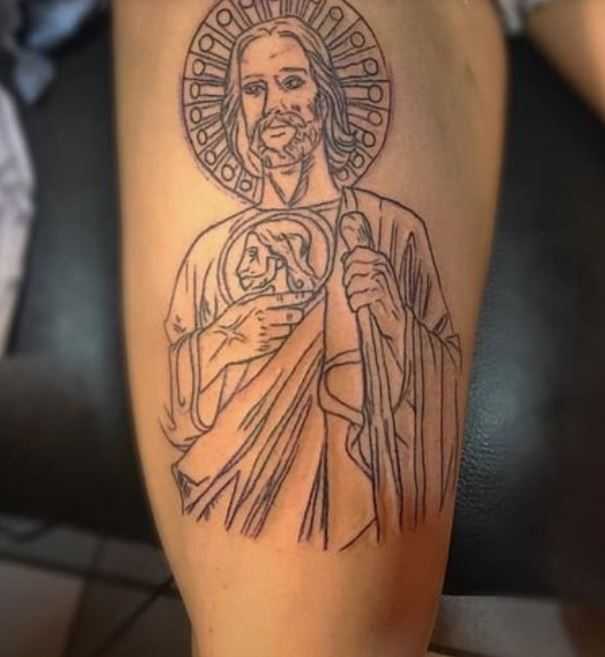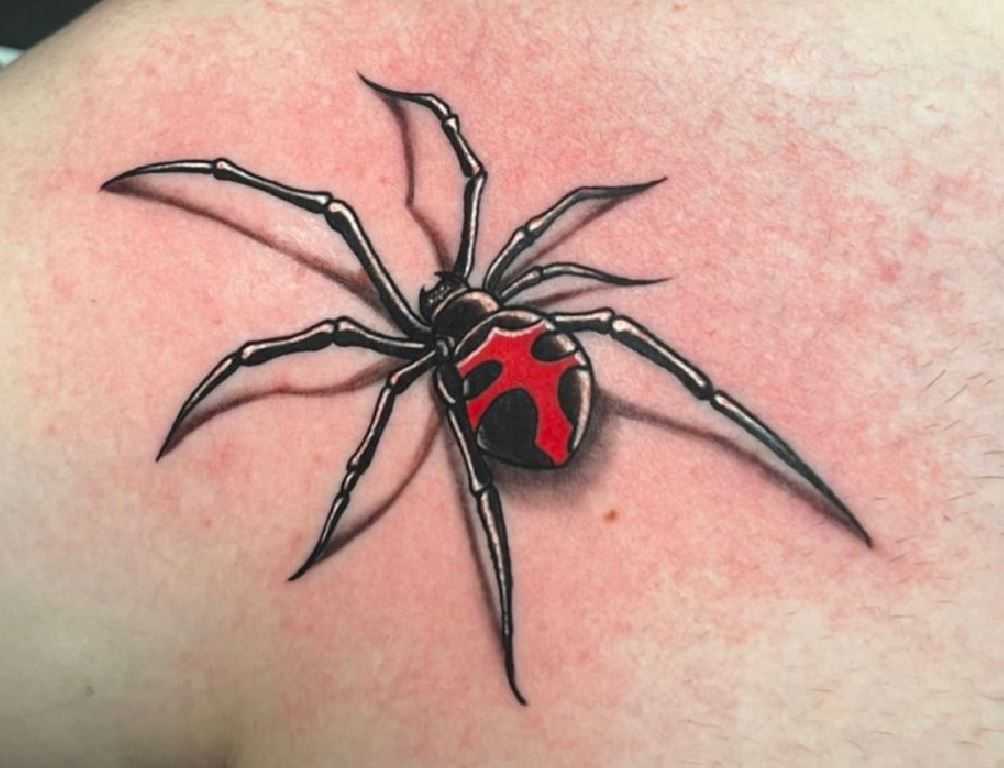San Judas, also called Saint Jude Thaddeus, is a saint who is recognized as the patron saint of lost causes and desperate situations in Christian tradition. Many people, particularly in Latin cultures, find tattoos of San Judas to be quite popular. These tattoos serve as a symbol of faith, hope, and gratitude for triumphing over difficult situations. A San Judas tattoo is usually very detailed because of his importance. It often shows him holding an image of Jesus or a flame above his head, which are common depictions of him. When it comes to choosing colors, you can consider traditional greens and whites, which are often associated with Saint Jude. For a more realistic look, you could consider using earthy skin tones, a golden hue for the halo, and vibrant colors for his robes.
Best part of the body that can contain a San Judas tattoo
Because of the complex details and the significance of the San Judas pattern, many people choose to have larger tattoos on their forearms, calves, or backs in order to preserve the integrity of the design. On the other hand, if a depiction that is simpler and more minimalist is chosen, then smaller regions like as the wrist, ankle, or even the side of the neck can work.
Why people should choose a San Judas tattoo
Getting a tattoo of San Judas is typically a deeply personal or spiritual decision for the individual getting the tattoo. It shines as a light of hope and stands as a symbol of persistence even in the most trying of circumstances. This tattoo, for many people, is a representation of their unshakeable faith and a continual reminder that there is always hope and a greater force watching over them, regardless of how hopeless the situation may seem. In addition to that, it can also be seen as an expression of thanks for the intercession of Saint Jude through difficult times. In addition to the religious implications associated with it, the San Judas tattoo is a profound emblem of fortitude, optimism, and the enduring tenacity of the human spirit.
How to take care of a San Judas tattoo
Caring for a San Judas tattoo follows the general guidelines for tattoo aftercare to maintain its vibrancy and detail:
- Initial Protection: After your tattoo session, the artist will usually cover the design with an ointment and a protective bandage. This should be kept on for a few hours to shield it from contaminants.
- Washing: Once you remove the bandage, gently clean the tattoo using lukewarm water and mild, fragrance-free soap. Use your hands to softly cleanse, avoiding scrubbing. Pat the area dry with a clean towel.
- Moisturization: Several hours post-cleansing, apply a light, unscented moisturizer or specialized tattoo aftercare lotion to maintain skin hydration.
- Avoid Direct Sunlight: Newly inked tattoos can fade when exposed to UV rays. If your tattoo is in a sun-exposed area, keep it covered or apply a high SPF sunscreen.
- Stay Dry: Refrain from soaking the tattoo in water, meaning avoid lengthy baths, swimming pools, or saunas during the initial healing phase.
- Avoid Itching: As the tattoo heals, it might peel or itch. Resist the urge to scratch, as this can harm the tattoo’s appearance.
- Follow Artist’s Recommendations: Always heed the aftercare advice provided by your tattoo artist, as they might have specific guidelines based on the tattoo’s design or placement.
How to remove a San Judas tattoo
Tattoo removal procedures can be intensive, especially for detailed designs like that of San Judas:
- Laser Removal: The most recommended method. Lasers target the ink pigments and fragment them. The body then naturally flushes out these particles. While effective, the process often demands multiple sessions and can be somewhat painful.
- Dermabrasion: This involves using a specialized tool to sand away the skin containing the tattoo ink. It can be effective but is generally more painful and less precise than laser removal.
- Surgical Excision: Suitable primarily for smaller tattoos, this method involves surgically cutting out the tattooed skin and stitching the surrounding skin together.
- Tattoo Removal Creams: Marketed as alternatives to the above methods, these creams often lack the effectiveness of professional techniques. They might lighten the tattoo but rarely remove it completely.
- Cover-Up Tattoo: Another approach is to have a skilled artist design a new tattoo to mask the original one effectively.
San Judas tattoo pictures
San Judas tattoo on hand
Number 1

Number 2
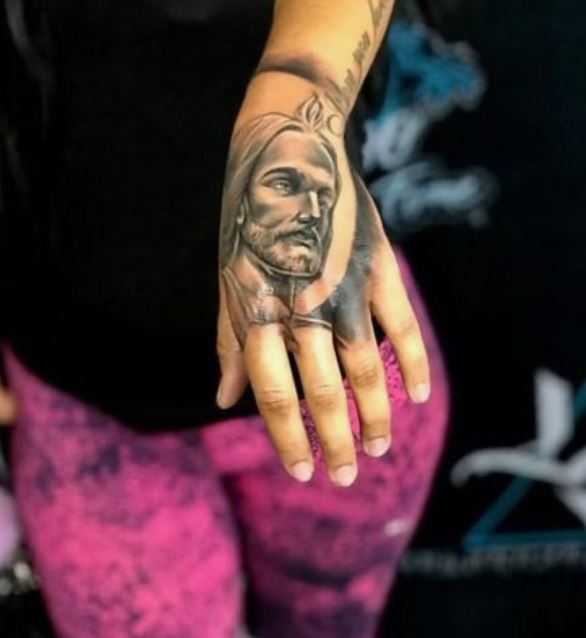
Number 3

Number 4

Number 5

Number 6

Number 7
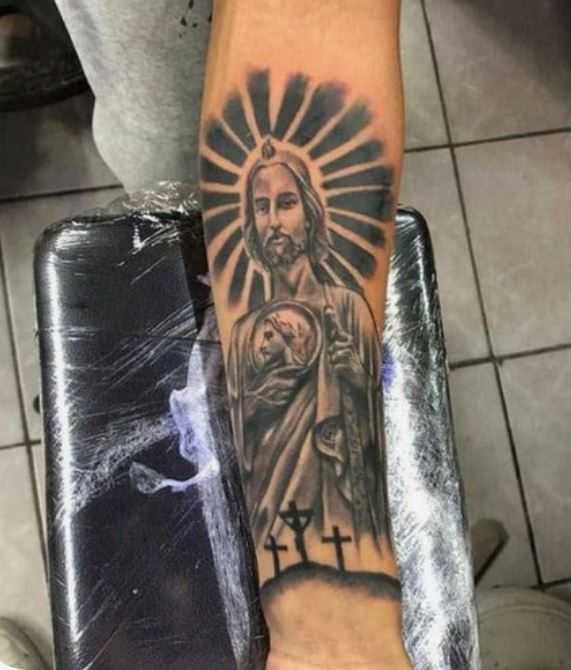
San Judas tattoo on leg
Number 8

Number 9
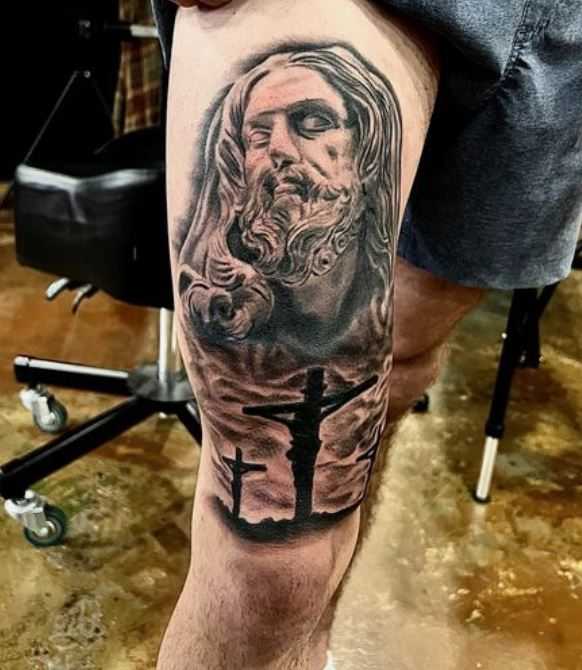
Number 10
